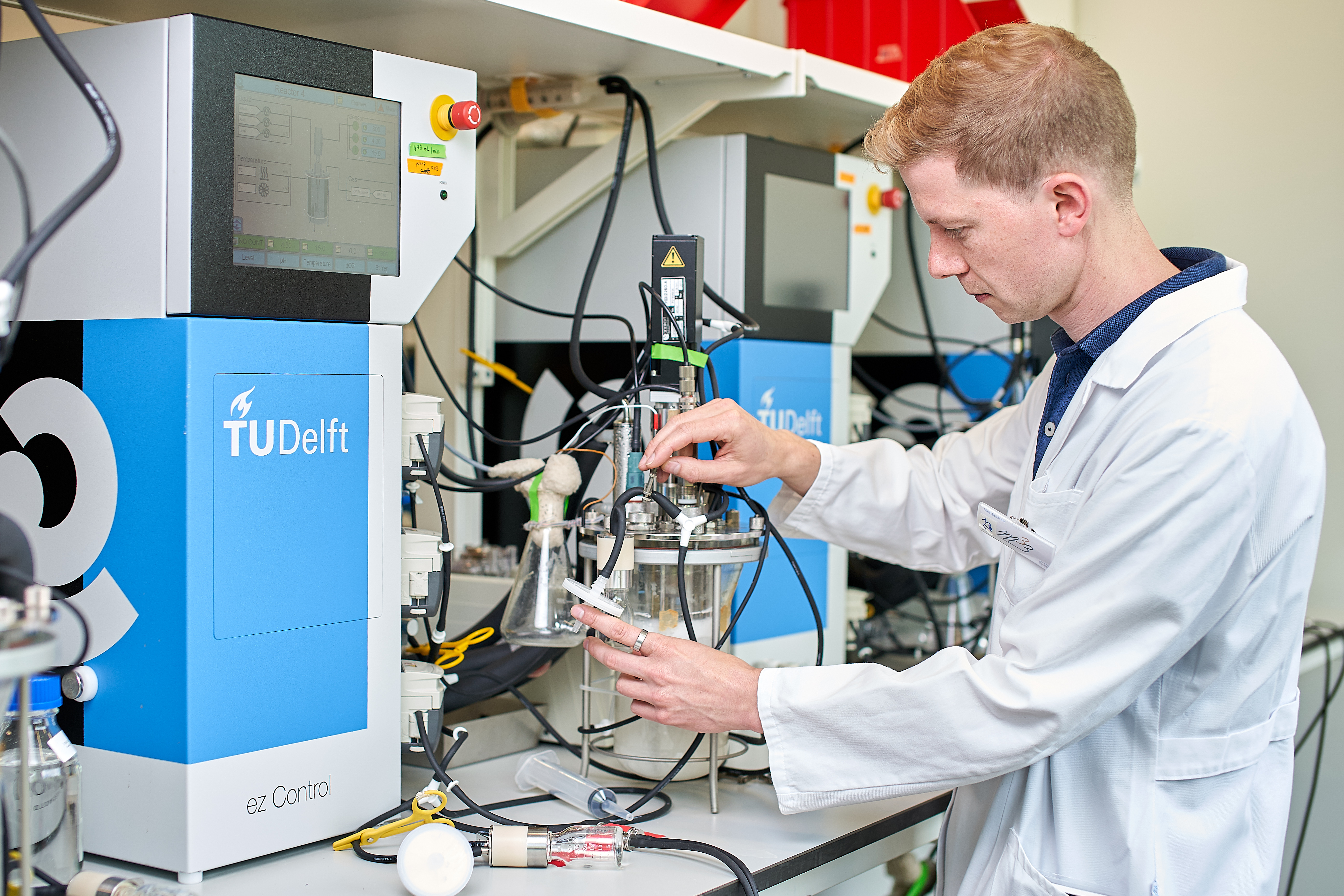Yeast against dementia
As our life expectancy increases, more and more people are confronted with different types of dementia, such as Alzheimer's disease. How these brain diseases arise and develop is still unclear, complicating the search for effective treatment.
Dr. Mark Bisschops, affiliated with the Faculty of Applied Sciences, has now developed a unique research method that can lead to a breakthrough in dementia. He uses specially cultured yeast cells as a model for human brain cells.
Support this research
With your support the research on yeast cells against dementia can be further developed.
Donate yearly Donate onceResearch using laboratory animals
People with dementia only experience the symptoms when the disease is already irreversible. By that time, large changes have already taken place in the brain, which can often only be accurately evaluated after death. To prevent these diseases or to block their progression, it is necessary for us to know how they arise and develop. Currently, research is mainly done using laboratory animals. This method has disadvantages. There are ethical objections, numerous genetic limitations and it is time consuming.
Yeast cells as alternative
Yeast, a micro-organism that is used to bake bread or brew beer, offers an alternative. Yeast cells have a lot in common with human cells. For example, yeast cells also have a nucleus in which the DNA is stored and they too have mitochondrial energy factories. On the other hand, yeasts are single-celled, which makes them much easier to cultivate and study.
Unique method in Delft
The challenge using yeast cells for brain research is that their ‘condition’ still deviates from human brain cells. Mark Bisschops explains: “Researchers now use dividing - and thus growing – cells, or they use inactive yeast cells. However, brain cells are active, but they hardly grow anymore. In Delft, we have developed a unique method for bringing yeast into an active, non-dividing state. They are more similar to our brain cells and are thus a more suitable model for dementia research."
Bisschops' research is only just beginning. His next step is to purchase new analysis equipment. This equipment can help demonstrate the functioning of the specially cultured yeast cells as an improved model for brain cells and, as such, additional resources can be sought to expand this promising project.


